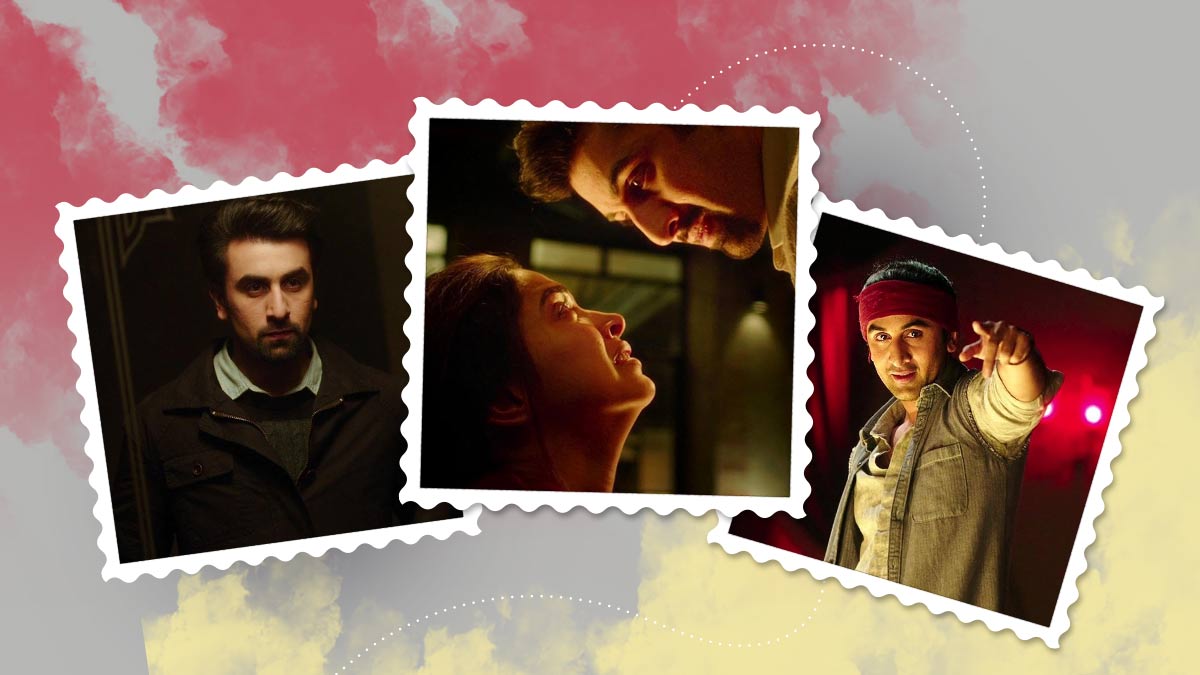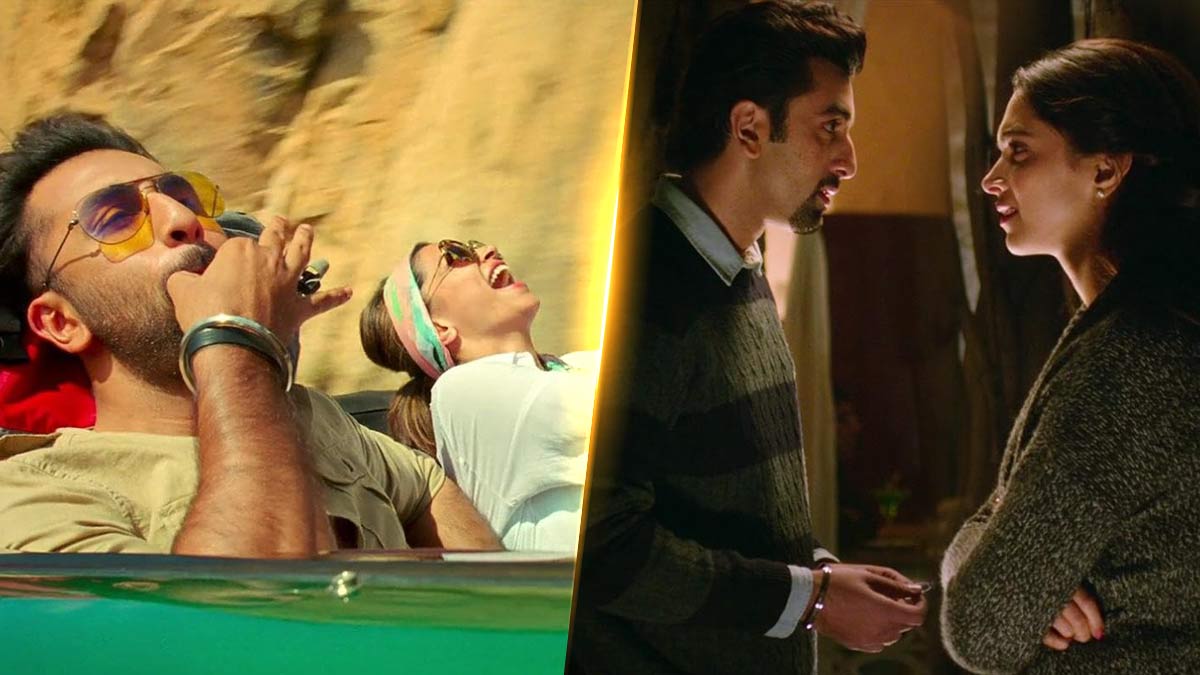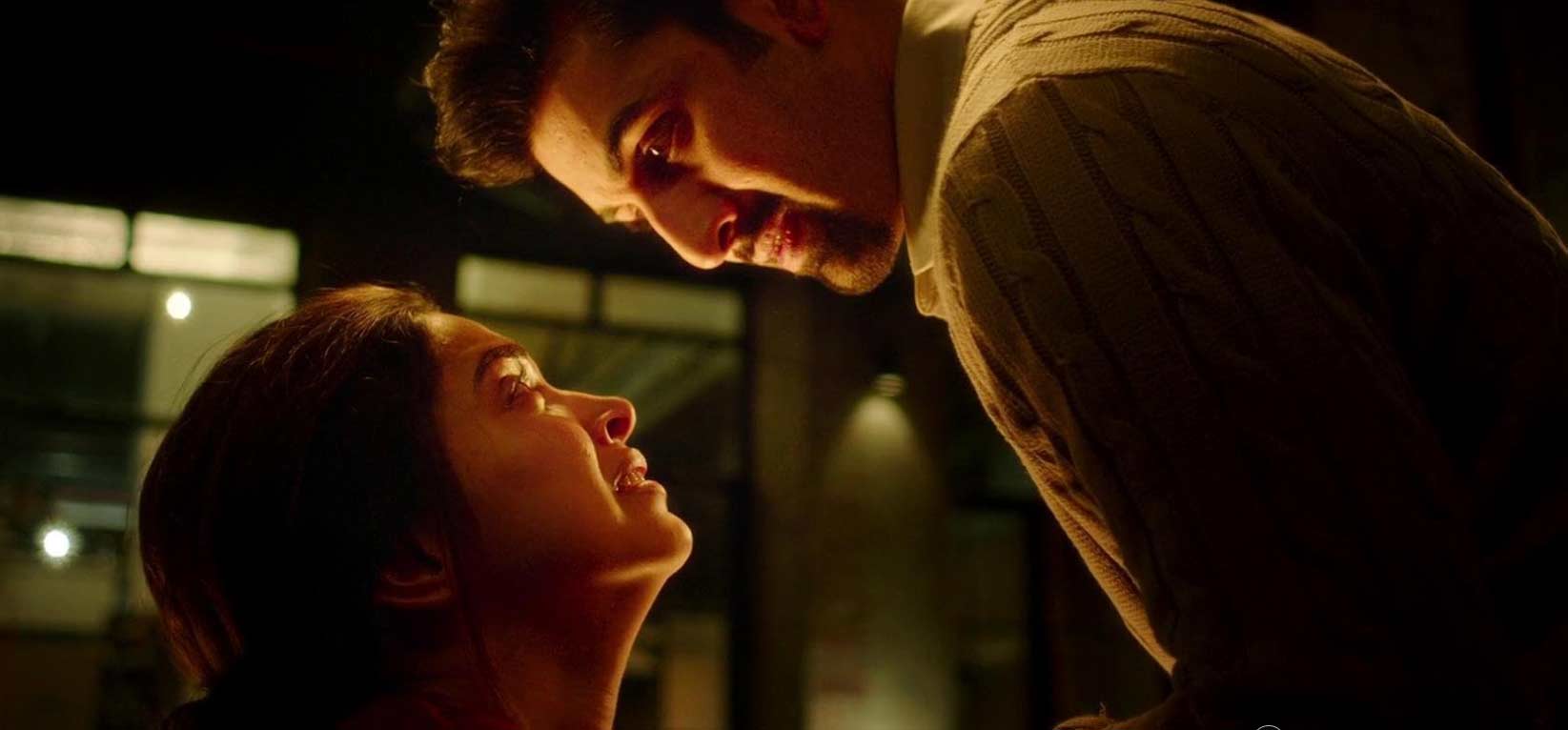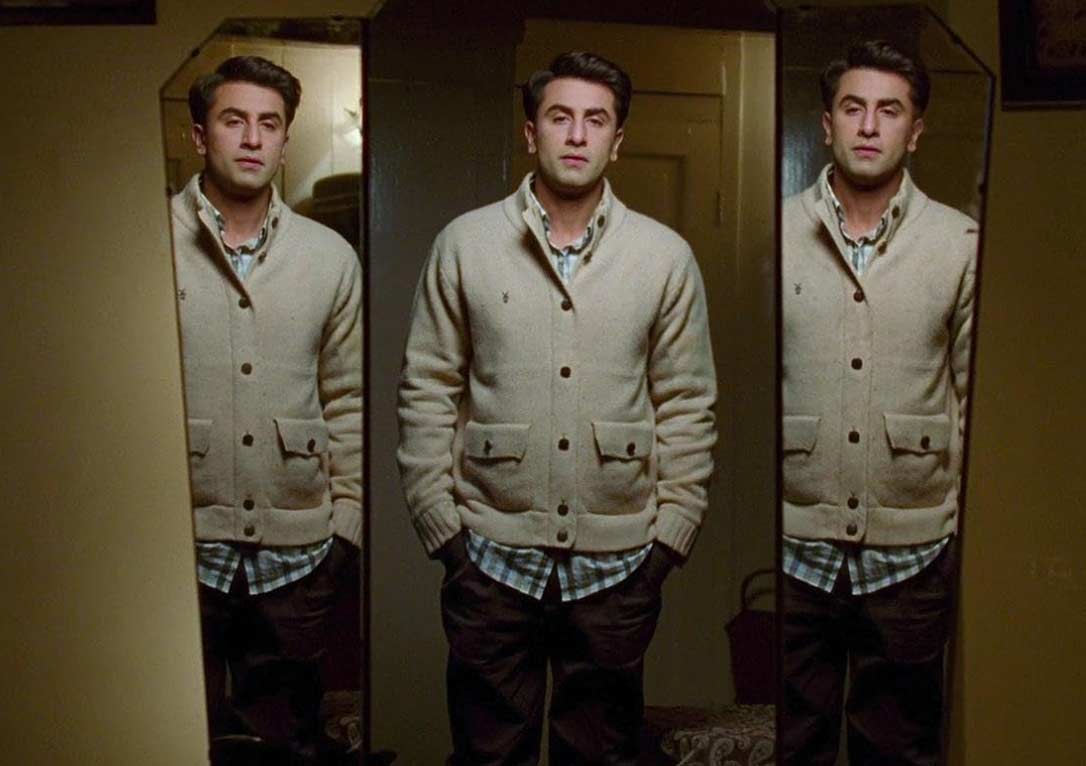
Imtiaz Ali's Poetry For Youth: Let Us Decode The Many Layers Of The Cult Classic Movie Tamasha
What movie comes to your mind when someone talks about a modern movie which has been ornamented with artistic frames and dialogues, meaningful music to back the storyline, and symbolism which narrates the tale without the use of too many words? Most modern cinephiles would mention ‘Tamasha’ for sure.
This gem of a film by filmmaker Imtiaz Ali did not do very well at the box office in 2015. However, it is gaining more and more popularity with the passing years due to its resonance with the conflicts between ‘dil’ and ‘duniya’ (heart and world) for the working-class youth.
Use Of Colour Theory
Imtiaz Ali has creatively used hues to differentiate between the personalities and moods of his characters. The scenes in Corsica have a high saturation along with the use of bright colours for costumes and background to represent bliss. However, the Delhi scenes have been represented with grey, black and other dull colours to portray the gloominess of the real Ved (Ranbir Kapoor).

Songs And Their Significance
AR Rahman and Irshad Kamil have replicated the movie story into the songs. ‘Matargashti’ has bits of the stories Ved heard as a child like Romeo-Juliet and Heer-Ranjha, while ‘Agar Tum Saath Ho’ presents the conflict between heart and brain as represented by Tara (Deepika Padukone) and Ved in the scene, respectively. Further, ‘Tu Koi Aur Hai’ reveals Ved’s true personality by telling him that he is someone else hiding behind a mask that the world made him wear.
1
2
3
4

Don't Miss: October To Tamasha: 5 Bollywood Movies That Feel Like Poetry
Ved’s Clothing Choices
Only a smart filmmaker like Imtiaz Ali could make his characters' clothes talk. Ved wears a lot of bright and light colours in Corsica to portray his cheerful mood, while he is seen wearing a dull colour palette in Delhi while leading a normal life. Further, throughout the Delhi scenes, he wears sweaters and jackets as a symbol that he is veiling his true self. In the last Shimla scene when he enters his drawing room heaving and excited, he removes his jacket and keeps it on a chair to represent that he has finally unloaded his baggage.

Mirror Mirror On The Wall
Imtiaz Ali has creatively used mirrors in his storytelling to represent Ved’s transparency with himself and the world. As a child, Ved had three mirrors in his bedroom with daylight pouring in to resemble his most transparent and vibrant self. However, in his adulthood flat and office restroom, we see intense lighting around mirrors to reflect the conflicts and the dissolved dreams of his heart.

Don't Miss: Here's Why Imtiaz Ali's 'Jab We Met' Is An Iconic Stand-alone Movie That Doesn't Need A Sequel
If you liked this story, stay tuned to HerZindagi for more!
Herzindagi.com is Jagran New Media's gender and lifestyle vertical, catering to women of all age groups, helping them remain updated, on-trend and aware. To improve our performance and understand our readers' interests better, we have created this poll. This will take 2 minutes of your time, do help us out. Click here to fill out the form.
Image courtesy: IMDb
1
2
3
4